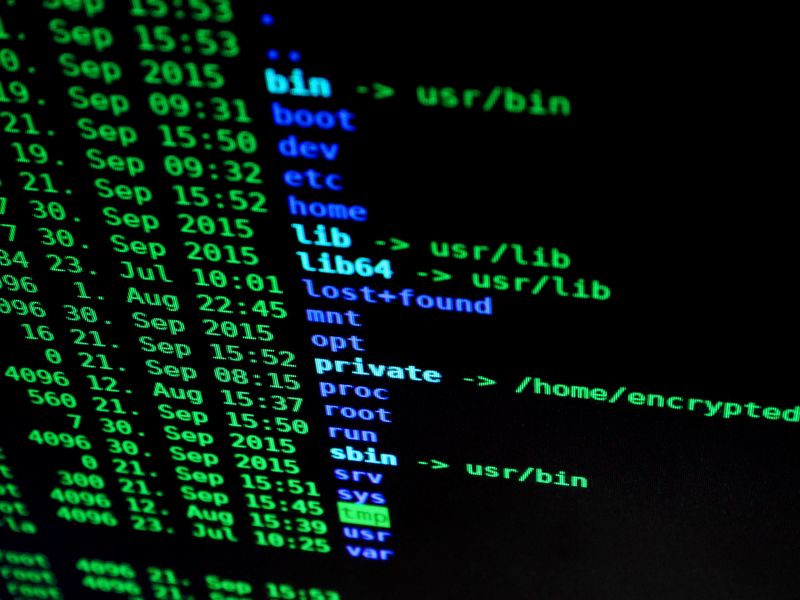Thoughts on Scheduled Password Changes
As we continue to use passwords as the primary means of authentication for many online accounts, the question of whether scheduled password changes are necessary remains a topic of discussion.
The Dangers of Rotating Passwords
The idea that changing passwords regularly makes them safer is flawed. In fact, it can potentially lead to people creating weaker passwords that are easier to guess or remember. Rotating passwords can also have the opposite effect of delaying emergency responses, as users might feel less inclined to take immediate action if they know they will be required to change their password within a certain timeframe anyway.
Focus on Strong Passwords First
The key to strong password security is choosing complex passwords from the start and saving them using a password manager tool. Once a strong password has been chosen, users should be encouraged to recognize situations that require an immediate password change, without the need for a scheduled policy to tell them to do so.
Locking Out Inactive Users
Locking out users who haven’t used their account for a certain amount of time is a good idea to avoid forgotten or abandoned accounts being vulnerable to attack. Rather than forcing password changes, it would be a better security practice to push users to justify why they still need access to that account after an extended period of inactivity. This way, users who still need the account can recover it while in a secure state, and those who don’t need it can have it deactivated, preventing any malicious activity by external parties.
Final Thoughts
Overall, it’s essential to move beyond scheduled password changes and focus on choosing strong passwords and user activities that pose a risk of being compromised. It is important to remember that good password policies alone cannot guarantee complete protection from attack; it’s one part of a combination of practices that contribute to safe online behaviours. A comprehensive approach to cybersecurity is necessary to ensure our online data remains secure.
Editorial and Advice
In conclusion, scheduled password changes alone may not provide a foolproof security solution as they can lead to user complacency and the creation of weak passwords. Instead, it is essential to encourage the adoption of complex passwords and enable users to recognize when they need to make an immediate password change. Combining this with a lockout policy for inactive accounts or demanding justification for access restoration, provides a comprehensive approach to password security. Having a stronger password management strategy in place can make sure that users can use the same secure password for a more extended period without feeling the need to change it regularly. Lastly, it is essential to remember that good password policies are just one aspect of a comprehensive cybersecurity approach necessary to protect our online data securely.

<< photo by Antoni Shkraba >>
You might want to read !
- Lessons from KeePass “master password crack”: Strengthening Your Password Security
- “Microsoft’s Latest Discovery: Banking AitM Phishing and BEC Attacks on Financial Giants”
- The C10P Gang’s Silence on MOVEit Flaw Could Be Disastrous for Enterprises
- Closing the Cybersecurity Gender Gap: South African Women Awarded Scholarships




